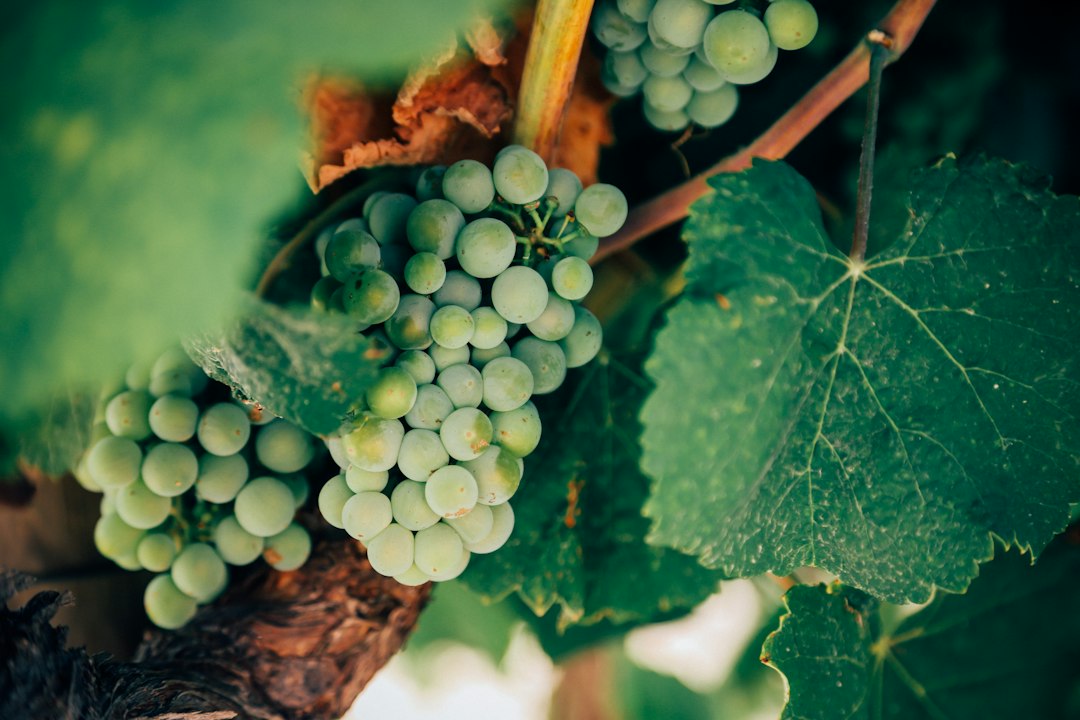
Deciphering Wine Labels for Food Pairing
Share
Unlocking the secrets to perfect wine and food pairings can transform a simple meal into an exquisite dining experience. The key to this transformation lies in your ability to interpret wine labels like a pro. Wine labels are not just decorative pieces; they are treasure troves of information that, when understood, can guide you in choosing the right wine to complement your meal. This article will equip you with the knowledge to decipher wine labels and elevate your dining experience today.
Understanding the Basics of Wine Labels
Wine labels are your first point of contact with any bottle of wine. They are designed to inform and intrigue, providing essential details about the wine's origin, grape variety, and style. Mastering the basics of reading wine labels is the first step toward making informed decisions about wine and food pairings.
The Importance of Region
The region where grapes are grown significantly influences a wine's flavor profile. For example, a Pinot Noir from Burgundy, France, will differ vastly from a Pinot Noir produced in Oregon, USA. The climate, soil, and winemaking traditions of each region contribute to these differences. When pairing wine with food, consider the region's typical flavor profiles and how they might complement your dish. For more on this, explore our French Cuisine Wine Pairing Guide.
Grape Varieties and Their Characteristics
Grape variety is another crucial piece of information on wine labels. Each grape has its unique characteristics, which can give you clues about the wine's taste and how it might pair with food. For instance, Sauvignon Blanc is known for its crisp acidity and citrus notes, making it an excellent match for seafood or salads. Understanding the traits of different grape varieties can help you predict how a wine will interact with your meal.
Delving Deeper: Wine Style and Vintage
Beyond the basics, wine labels offer insights into the wine's style and vintage, both of which are vital for pairing wine with food.
Decoding Wine Style Through Labels
Wine labels often include terms that describe the wine's style—words like "oaked," "unoaked," "dry," "sweet," or "full-bodied." These descriptors can guide you in selecting a wine that will harmonize with your meal's flavor profile. For example, oaked Chardonnays, with their rich, buttery flavors, pair beautifully with creamy dishes, while a light, unoaked Chardonnay might be better suited to a delicate fish dish.
The Significance of Vintage
The vintage year on a wine label refers to the year the grapes were harvested. Vintage can influence a wine's character due to the varying weather conditions each year. Some vintages are better suited to aging than others, which can affect the wine's flavor and suitability for pairing with food. While not always a deal-breaker for pairing, considering the vintage can add an extra layer of nuance to your wine selection.
The Art of Pairing: Matching Wine with Food
With a solid understanding of wine labels, you're well-equipped to explore the art of pairing wine with food. The goal is to achieve harmony between the wine's flavors and the flavors of your dish.
Complementing Flavors
When selecting a wine, consider how its flavor profile can complement the main elements of your dish. A rich, fatty steak, for example, pairs wonderfully with a bold, tannic red wine like Cabernet Sauvignon. The wine's tannins help cut through the fat, enhancing the flavors of both the steak and the wine.
Contrasting Flavors
Contrasting flavors can also create delightful pairings. The classic combination of salty and sweet is a perfect example. A sweet dessert wine like Sauternes, when paired with a salty blue cheese, creates a contrast that elevates the tasting experience of both the wine and the cheese.
Advanced Pairing Techniques
For those looking to dive deeper into the world of wine and food pairings, there are more advanced techniques to explore.
Pairing by Weight and Texture
The weight and texture of both the wine and the food should be taken into consideration. Lighter, more delicate dishes pair best with wines that share a similar lightness, while heavier, richer dishes can stand up to more robust wines. A delicate poached fish, for example, might be overwhelmed by a heavy red wine but would pair beautifully with a light, crisp white.
Regional Pairings
There's wisdom in the saying, "What grows together, goes together." Wines and foods that originate from the same region often have complementary flavors. For insights into regional pairings, you might find our Creating Perfect Wine Pairings at Home article helpful.
Learning from Tasting Experiences
The best way to become proficient at pairing wine with food is through practice. Participating in wine and food tasting experiences can significantly enhance your understanding and intuition when it comes to pairing.
Hosting Your Own Wine and Food Pairing Night
Consider hosting a wine and food pairing night with friends. Select a variety of wines and pair them with small dishes or tapas. Take notes on what pairings work well and why. This hands-on experience is invaluable for developing your pairing skills. For inspiration, check out our article on Pairing Food and Wine Tasting Experiences.
Visiting Wineries and Tasting Rooms
If possible, visit wineries and tasting rooms. Many offer curated food and wine pairing experiences that can provide insights into how professionals approach pairing. These experiences can also introduce you to wines and pairing concepts that you might not have considered before.
Conclusion: Elevating Your Dining Experience
Deciphering wine labels is an essential skill for anyone looking to elevate their dining experience through thoughtful wine and food pairings. By understanding the information presented on a wine label, you can make informed choices that enhance the flavors of both your meal and your wine. Remember, the goal of pairing is to create harmony and balance, allowing both the wine and the food to shine. With practice and exploration, you'll soon be pairing wine and food like a pro, transforming ordinary meals into unforgettable culinary experiences.



